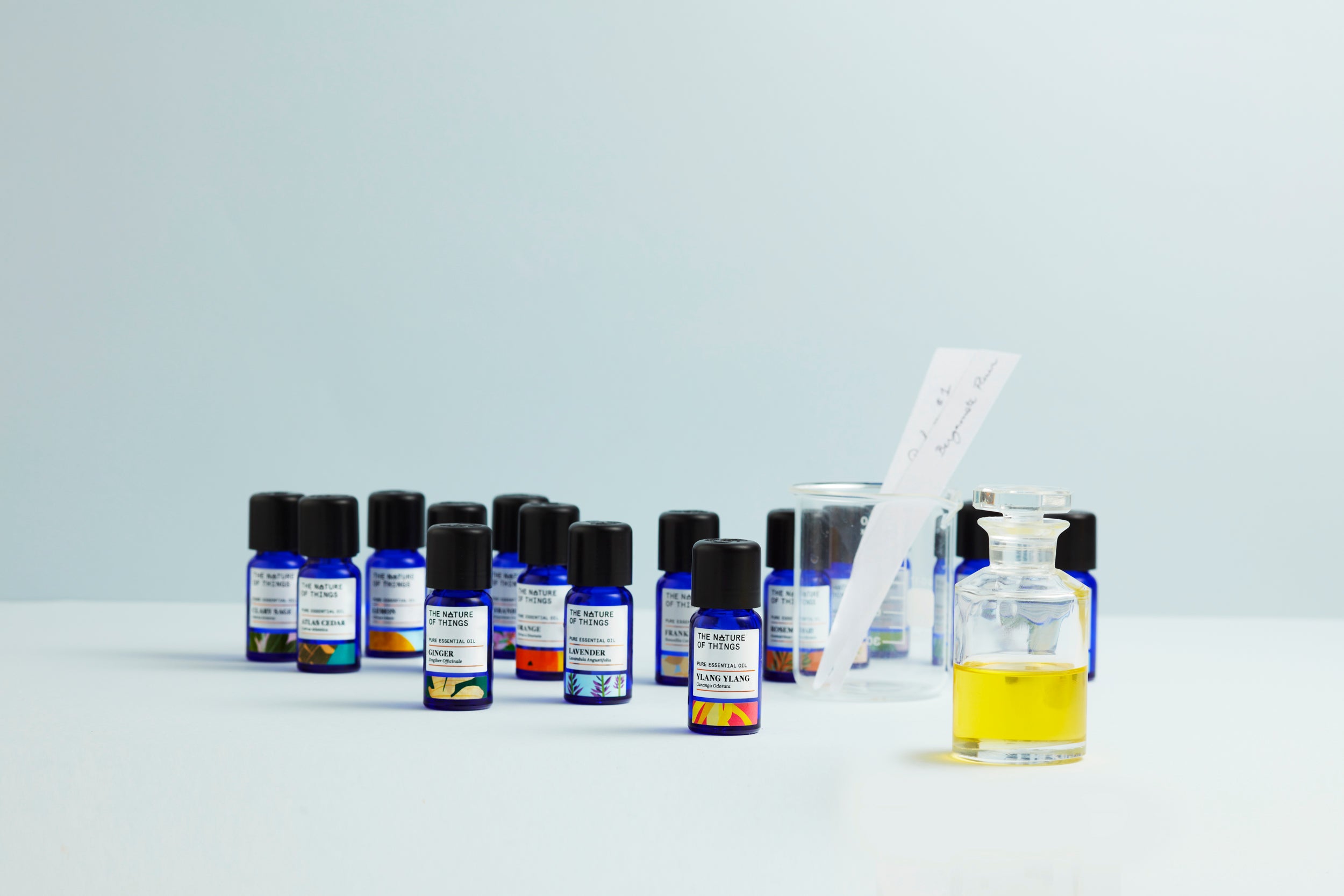Stories
- All posts
- 2016 Calendar
- 2018 calendar
- 2023 calendar
- Achill Island
- Adam Frew
- al higgins
- Alex Synge
- annadale brickworks
- Áras
- artist studio
- artiststudio
- Astrology
- August
- Aungier Street
- Autumn cooking
- bearded candle makers
- Belfast
- Book Review
- Botanical
- botanical print
- calendar
- candle
- candlemaking
- catherine keenan
- Children's Book
- Chris Judge
- Christmas
- Christmas dinner
- Christmas gift
- Christmas time
- Christmas Tree
- Christmas turkey
- City Assembly Building
- coastal plants
- Cocktail Recipe
- coffee shops
- Connemara
- Constellations
- contemporary jewellery
- cork
- craft
- craft month
- craftni
- Criostal ne rinne
- cufflinks
- custom
- Daddy's
- Danger is Everywhere
- David O'Doherty
- design
- dog friendly
- Donegal
- Donegal tweed
- Down Arts Centre
- Drury Street
- dublin
- Dublin Bay
- Dublin cafe
- Dublin stories
- Dublin workshop
- Dunbeacon Pottery
- Durrus
- Dursey island
- Ekotree knitwear
- Emblem weavers
- essential oils
- family business
- felt animals
- fern print
- Fireside stool
- Flock
- food
- Galway craft
- Geometric jewellery
- Georgian
- Georgian Society
- gift
- Gift Ideas
- Glenealy
- grandmother
- granny
- greeting cards
- handmade
- handmade bags
- handmade bear
- handprinting
- handweaving
- Hata
- Haunted Dublin
- Healing plants
- Heatwave
- Hedgerows
- Helen Faulkner
- Hells Kettle Farm
- Herbal Skincare
- heritage craft
- home studio
- homewares
- Illustration
- Imbolc
- independent
- interiors
- ireland
- Ireland's ancient east
- irish
- Irish art
- Irish cafe
- Irish Ceramics
- Irish coastline
- Irish cooking
- Irish Craft
- Irish Design
- irish design shop
- Irish Farming
- Irish Folklore
- Irish food producers
- irish furniture
- Irish Furniture design
- Irish glass
- Irish Glassware
- Irish jewellery
- Irish knitwear
- Irish linen
- Irish maker story
- Irish plants
- Irish Skincare
- Irish Summer
- James Carroll
- jewellery
- John Hanly
- kathleen
- Kee Sketch
- Kilcoe studios
- Kilkenny
- lavender
- lemonade recipe
- letterpress
- lino print
- lithographic
- local
- loom
- Luncheonette
- Macrame
- Made in Dublin
- made in Ireland
- Maggie Marley
- maker story
- Makers
- Martina Scott
- Mary Callaghan
- Medieval Dublin
- Merrion Square
- Midsummer
- mother
- Mothers Day
- Names
- Names Dublin
- names jewellery
- namesdublin
- nana
- nature of things
- NCAD
- necklace
- Neighbours
- New Products
- Newgrange
- Night sky
- Ninetynine
- Northern Ireland
- olla nua
- Oranges and lemons
- Organic skincare
- Organic Turkey
- Oxmantown skincare
- perfumery
- permaculture
- photographer
- photography
- Pigeon House
- plant pots
- planters
- Poolbeg
- porcelain
- Portmarnock
- Pottery
- Printmaker
- product
- quercus
- recipe cards
- Redfox Press
- Rialto
- Ring collection
- Ring sizing
- Rosemarie Durr
- Sally Caulwell
- Saturday Workshop
- Screen Print
- screenprinting
- seasonal brunch
- Seasoning
- Shamrock
- shop local
- sligo
- Solstice
- sorrell reilly
- Spoons
- St Patrick's Day
- Stars
- Studio Harris
- Summer
- Susan Wood
- sustainable design
- sycamore stool
- Tableware
- tablewares
- Tea cloth
- tea pot
- teabletop
- Terracotta
- The bearded candlemakers
- The First 47
- tinnock
- tinnock farm
- tipperary
- tradition
- traditions
- trip
- video
- visit
- Visit Dublin
- Wall Art
- weave
- weaving
- west
- West Cork
- Wexford craft
- wheel thrown
- whiskey tumbler
- Wicklow
- Wicklow craft
- Wildflowers
- willow
- winter
- Wood turning
- woodwork
- Workshop

dublin
Benoit Nicol - The Nature of Things
Just a short walk from our shop on Drury St, Benoit Nicol runs The Nature of Things from the creative hub, the Chocolate Factory. Producing a range of beautiful essential oils and absolutes, we ask...
Read moreDelivery worldwide
Satisfied or refunded
Top-notch support
Secure payments
